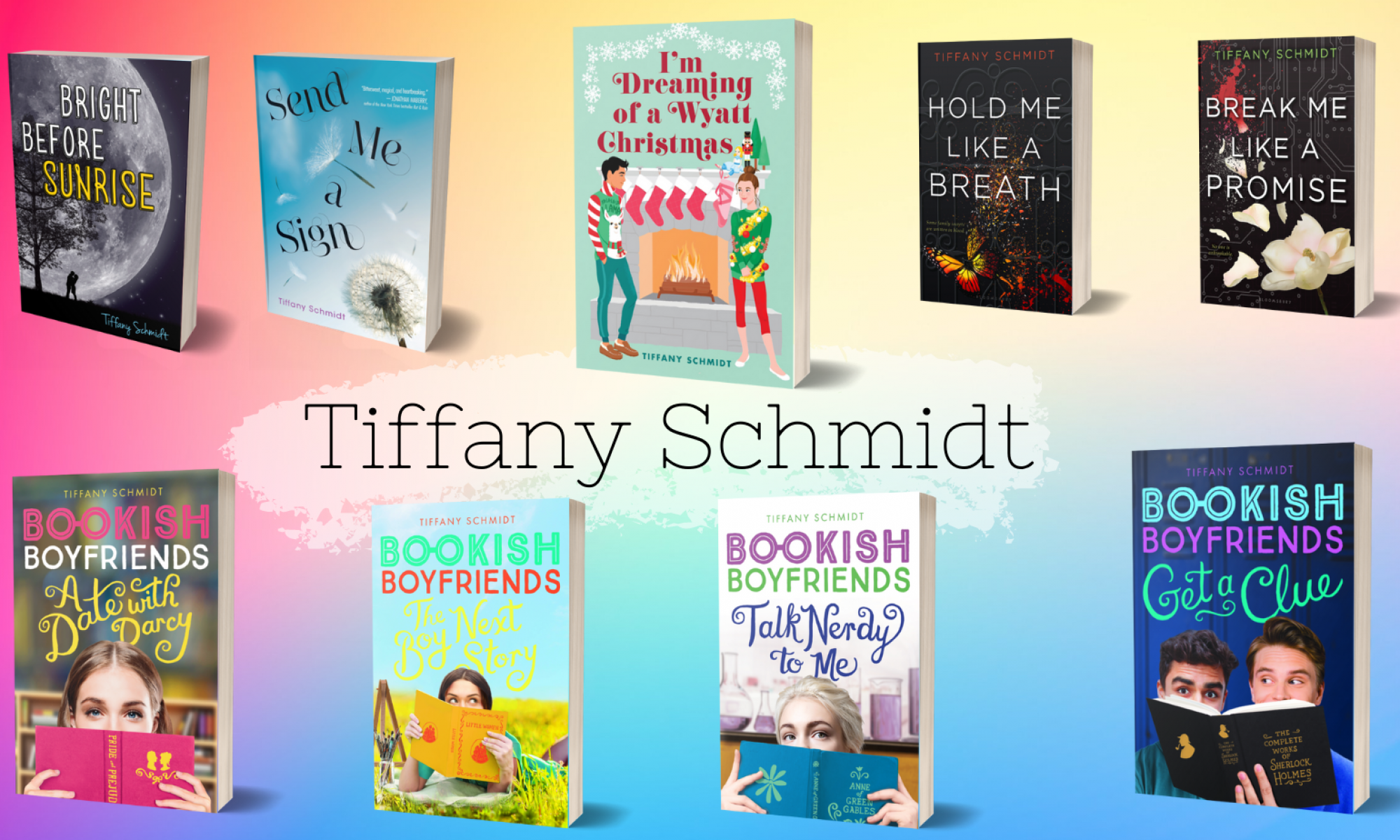“And they all lived happily ever after.” My dad would close the book cover and lean down to give me goodnight kiss.
“And then what?”
This was a common conversation when I was a teensy-Tiffany. Happily Ever After wasn’t enough – I wasn’t trying to get a stay of execution from bedtime – I wanted to know what happened next.
“Well, Tiffers, they lived happily ever after. So they were, er, happy.”
“But then what happened?”
I wanted to know if Prince Stephan woke up every morning and told Aurora how beautiful she was. Did he get mad when she kept pricking her fingers on spinning wheels and calling out: BAND AID! I need a Band Aid! (In my version of Sleeping Beauty Aurora passes out from seeing the blood – there’s no need for any enchantment on the spindle). Does Prince Charming ever get annoyed that Cinderella allows so many mice in the house? Were there kids: princesses and princelings? I wanted proof of these happy endings – I didn’t want to relinquish characters I loved.
I always thought I’d be happy to read a whole book full of the happy part of the happily ever after. Who needs the conflict and tension? I’d be thrilled to see the other Prince Charming pick wildflowers for Snow White, or hear Darcy speak sweet, proud, nothings to Lizzie.
Or would I? Jo’s Boys and Little Men aren’t as interesting as Little Women (this could be because I’ve never forgiven rotten Jo for breaking Laurie’s heart). The kiss exchanged by Clary and Jace at the end of City of Glass doesn’t have a tenth of the passion of the forbidden one they share in fairy court in City of Ashes. And Breaking Dawn? Everything I wanted for Edward and Bella happened in the first hundred pages, the next 600+ pages weren’t all happy, but the seemed to go on forever and continue long after the plot had dissolved.
Would I want to hear Darcy complain to Lizzie about drainage and tenants at Pemberley or know the details of Rochester’s lifelong struggles to cope with the loss of a hand and vision in one eye? Not so much.
If I want to hear a Prince Charming talk about laundry, dishes, or other day-to-day aspects of what’s next? , I’ll just turn to my St. Matt.
As much as I hate when characters I love are hurting, as much as I agonize over adding tension and terror to the lives of my own characters, a story isn’t a story without suspense and conflict. The happily ever after isn’t special if the characters didn’t struggle or overcome an obstacle to achieve it.
Maybe I don’t need to know what happens, after the Happily Ever After, after all.
